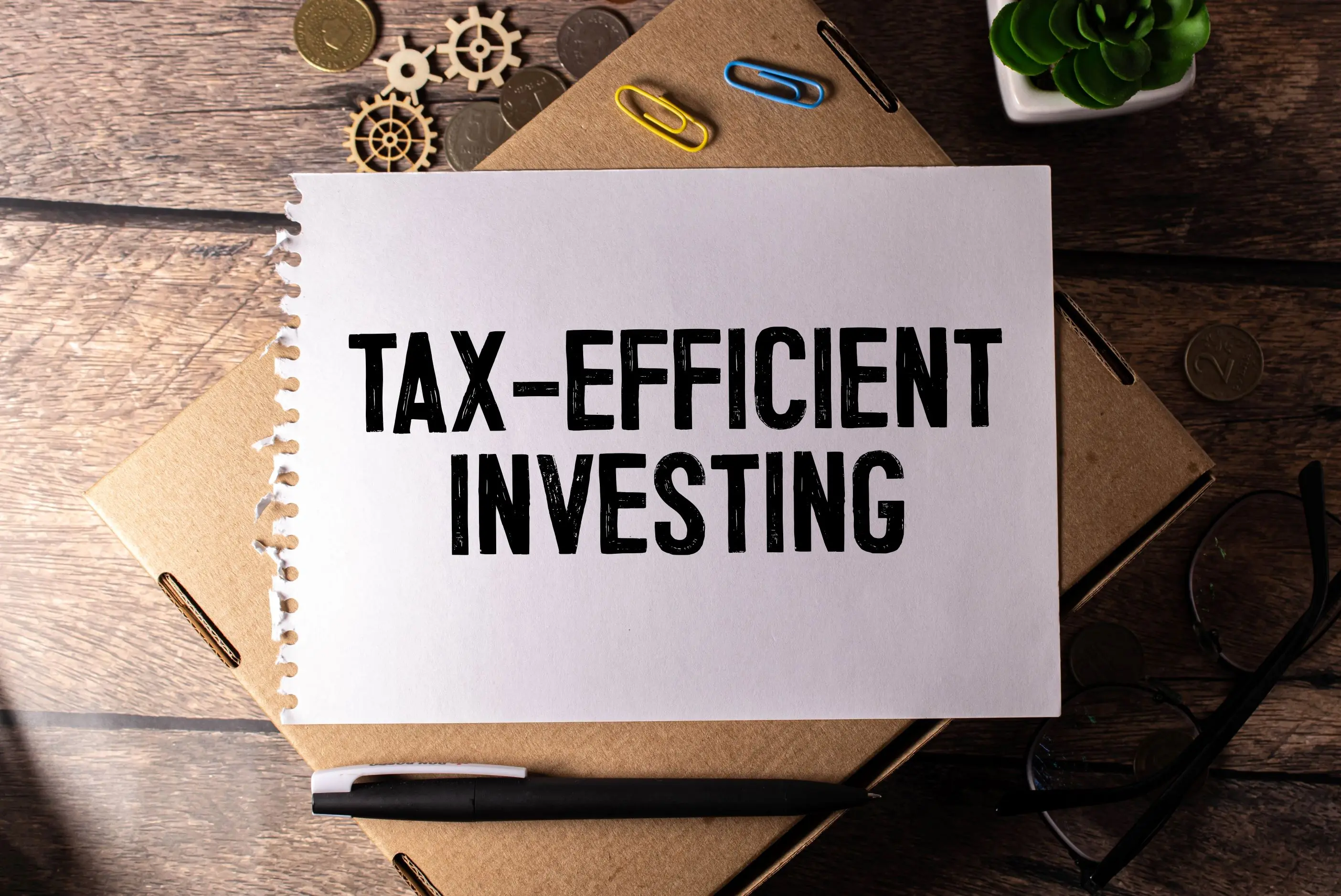The Ultimate Guide to Investing in NASDAQ ETFs: Strategies, Trends, and Key Funds to Watch
Discover the essential guide to investing in NASDAQ ETFs, including popular funds like QQQ, QQQM, QYLD, and QQC. Learn how to buy NASDAQ 100 ETFs, understand their strategies, track market trends with NASDAQ charts and futures, and choose the best options for growth or income in 2025.

The NASDAQ stock exchange has become a symbol of innovation, technology growth, and investment opportunity. Over the years, it has attracted investors worldwide seeking exposure to high-performing companies in sectors like technology, biotech, and consumer services. For those looking to capture the growth potential of the NASDAQ without picking individual stocks, NASDAQ ETFs have emerged as a powerful tool.
From the NASDAQ ETF 100 to specialized options like QYLD and QQC ETF, there’s a wide range of choices for both long-term investors and traders. This guide dives deep into the different NASDAQ ETFs available, how they work, strategies for investing in them, and the latest trends shaping the market.
Understanding the NASDAQ and Its Indexes
Before exploring ETFs, it’s essential to understand what the NASDAQ represents. The NASDAQ Composite Index includes thousands of companies, but the NASDAQ 100 is the most well-known benchmark. It represents the 100 largest non-financial companies listed on the NASDAQ, including tech giants like Apple, Microsoft, Amazon, and Alphabet.
The NASDAQ 100 ETF index mirrors the performance of this elite group, allowing investors to gain broad exposure with a single purchase. One of the most recognized funds here is the Invesco QQQ ETF, a favorite among investors seeking growth.
Why Invest in NASDAQ ETFs?
Investing in a NASDAQ Index ETF provides several advantages:
- Diversification – Instead of buying individual tech stocks, investors get exposure to multiple companies.
- Lower Risk Than Single Stocks – While still volatile, ETFs spread risk across several holdings.
- Cost-Effective – ETFs usually have lower fees compared to actively managed funds.
- Liquidity – NASDAQ ETFs like QQQ, QQQM, and QQC stock are traded heavily, making it easy to buy and sell.
- Performance – Historically, the NASDAQ has delivered strong returns due to its focus on high-growth sectors.
Popular NASDAQ ETFs to Consider
Several funds track the NASDAQ 100 or offer unique strategies tied to it. Here’s a breakdown of the most notable ones:
1. Invesco QQQ ETF
- Tracks the NASDAQ 100 ETF index
- One of the most traded ETFs in the world
- Suitable for investors seeking exposure to tech-heavy companies
2. QQQM
- A lower-cost version of QQQ
- Same holdings, smaller expense ratio
- Ideal for long-term investors
3. QYLD
- Global X NASDAQ 100 Covered Call ETF
- Focuses on income by selling covered calls
- Offers high monthly dividends but limited upside potential
4. QQC ETF
- Canadian-listed NASDAQ 100 ETF
- Tracks the same index but denominated in Canadian dollars
- Great option for Canadian investors wanting NASDAQ exposure
5. NASDAQ ETF 100
- Generic term covering various funds tracking the NASDAQ 100
- Includes domestic and international versions
How to Buy NASDAQ 100 ETFs
Buying a NASDAQ 100 ETF is straightforward:
- Open a brokerage account – Choose a platform that offers ETFs like QQQ or QYLD.
- Search the ticker – Example: “QQQ” for Invesco QQQ ETF or “QQQM” for its low-cost counterpart.
- Decide on investment size – Consider your risk tolerance.
- Place a market or limit order – Depending on whether you want immediate purchase or a specific price.
- Monitor performance – Use tools like the NASDAQ chart or NASDAQ index today to stay informed.
Comparing NASDAQ ETFs
When comparing options like QYLD, QQQ, and QQQM, consider:
- Expense ratios – Lower is better for long-term compounding.
- Dividend yields – QYLD offers high yields, QQQ focuses on growth.
- Volatility – Growth-oriented ETFs like QQQ tend to be more volatile.
- Currency – For Canadian investors, QQC stock avoids exchange rate risk.
Tracking Performance
Investors should regularly monitor:
- NASDAQ index today – Provides real-time updates.
- NASDAQ chart – Shows historical trends.
- NASDAQ futures – Indicates market sentiment before opening.
Historical Performance of NASDAQ 100 ETFs
The NASDAQ 100 has consistently outperformed many other indexes over the past decade. Funds like QQQ have delivered double-digit average annual returns, driven by the explosive growth of companies like Tesla, Meta, and NVIDIA.
| ETF Name | 5-Year Avg Return | Expense Ratio | Dividend Yield |
|---|---|---|---|
| Invesco QQQ | 17% | 0.20% | 0.60% |
| QQQM | 17% | 0.15% | 0.60% |
| QYLD | 7% | 0.60% | 12% |
| QQC ETF | 16% | 0.20% | 0.60% |
Strategies for Investing in NASDAQ ETFs
- Buy and Hold – Ideal for QQQ and QQQM to ride long-term growth.
- Covered Call Income – Using QYLD for monthly payouts.
- Swing Trading – Using technical analysis on NASDAQ futures and charts.
- Dollar-Cost Averaging – Regularly investing fixed amounts to smooth volatility.
Risks to Consider
While NASDAQ index ETFs offer growth, they carry risks:
- Volatility – Tech-heavy portfolios can drop sharply during market downturns.
- Sector Concentration – Overexposure to tech can hurt during sector rotations.
- Currency Risk – For international investors without currency-hedged options.
Future Outlook for NASDAQ ETFs
With AI, cloud computing, and renewable energy driving the next wave of innovation, NASDAQ ETFs are positioned for long-term growth. However, short-term volatility will remain a factor, especially with interest rate changes and global economic shifts.
Conclusion
Whether you’re looking to buy NASDAQ 100, earn income through QYLD, or explore Canadian options like QQC ETF, there’s a NASDAQ-focused fund for nearly every investor type. The key is to align your choice with your investment goals, risk tolerance, and time horizon. By keeping an eye on NASDAQ futures, tracking the NASDAQ chart, and staying informed about market trends, you can make informed decisions in this dynamic investment space.




